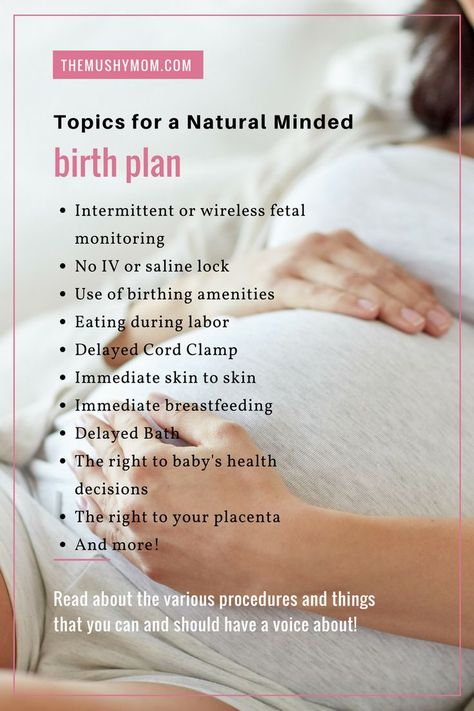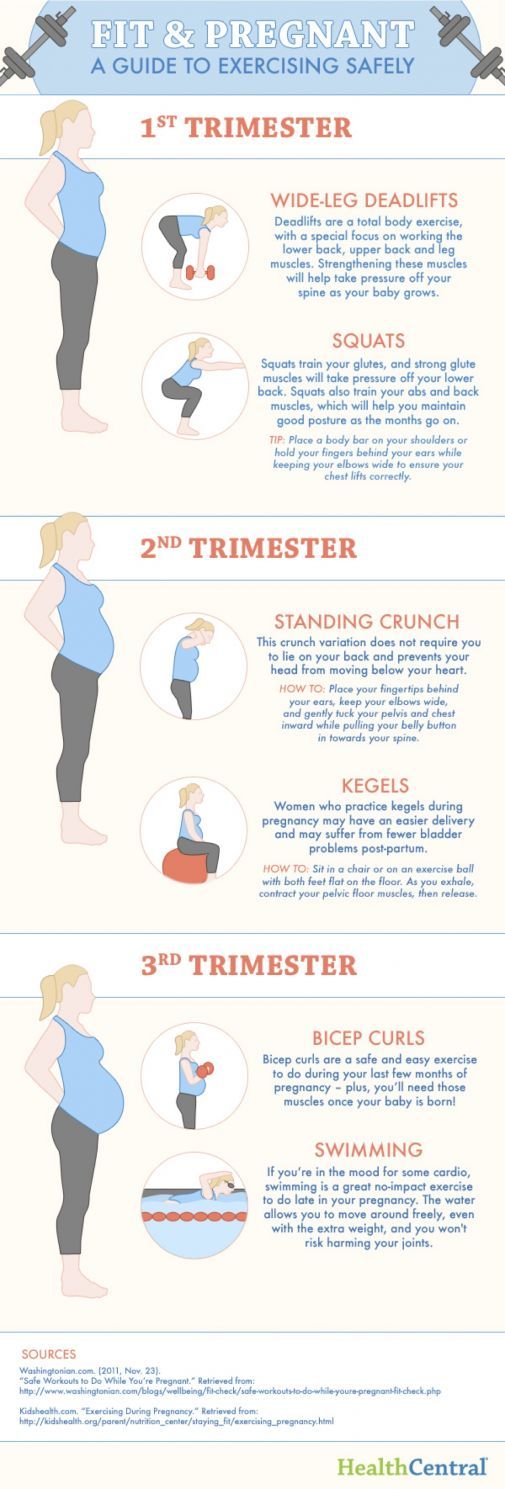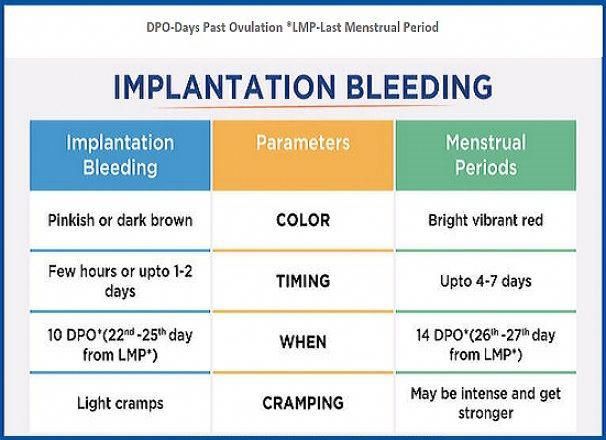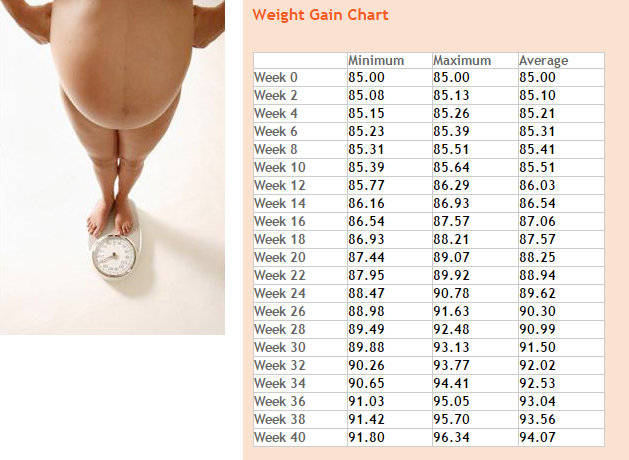Birth plan for hospital
Sample Birth Plan | ACOG
Download and Print PDF
A birth plan is a written outline of what you would like to happen during labor and delivery. This plan lets your obstetrician–gynecologist (ob-gyn) know your wishes for your labor and delivery.
Go over your plan with your ob-gyn well before your due date. But keep in mind that having a birth plan does not guarantee that your labor and delivery will go according to that plan. Unexpected things can happen.
Remember that you and your ob-gyn have a common goal: the safest possible delivery for you and your baby. A birth plan is a great starting point, but you should be prepared for changes as the situation dictates.
Your name:
Name of your ob-gyn:
Name of your baby's doctor:
Type of childbirth preparation:
Labor
Choose as many as you wish:
[ ] I would like to be able to move around as I wish during labor.
[ ] I would like to be able to drink fluids during labor.
I prefer:
[ ] An intravenous (IV) line for fluids and medications
[ ] A heparin or saline lock (this device provides access to a vein but is not hooked up to a fluid bag)
[ ] I don't have a preference
I would like the following people with me during labor (check hospital or birth center policy on the number of people who can be in the room):
_________________________________________
_________________________________________
_________________________________________
_________________________________________
It's OK [ ] /not OK [ ] for people in training (such as medical students or residents) to be present during labor and delivery.
I would like to try the following options if they are available (choose as many as you wish):
[ ] A birthing ball
[ ] A birthing stool
[ ] A birthing chair
[ ] A squat bar
[ ] A warm shower or bath during labor. I understand that a bath would be used only for the first stage of labor, not during delivery.
Anesthesia Options
Choose one:
[ ] I do not want anesthesia offered to me during labor unless I specifically request it.
[ ] I would like anesthesia. Please discuss the options with me.
[ ] I do not know whether I want anesthesia. Please discuss the options with me.
Delivery
I would like the following people with me during delivery (check hospital or birth center policy):
_________________________________________
_________________________________________
_________________________________________
_________________________________________
[ ] I prefer to avoid an episiotomy unless it is necessary.
[ ] I have made prior arrangements for storing umbilical cord blood.
For a vaginal birth, I would like (choose as many as you wish):
[ ] To use a mirror to see the baby's birth
[ ] For my labor partner to help support me during the pushing stage
[ ] For the room to be as quiet as possible
[ ] For one of my support people to cut the umbilical cord
[ ] For the lights to be dimmed
[ ] To be able to have one of my support people take a video or pictures of the birth. (Note: Some hospitals have policies that prohibit videotaping or taking pictures. Also, if it is allowed, the photographer needs to be positioned in a way that does not interfere with medical care.)
[ ] For my baby to be put directly onto my chest immediately after delivery
[ ] To begin breastfeeding my baby as soon as possible after birth
In the event of a cesarean delivery, I would like the following person to be present with me:
_________________________________________
[ ] I would like to see my baby before my baby is given eye drops.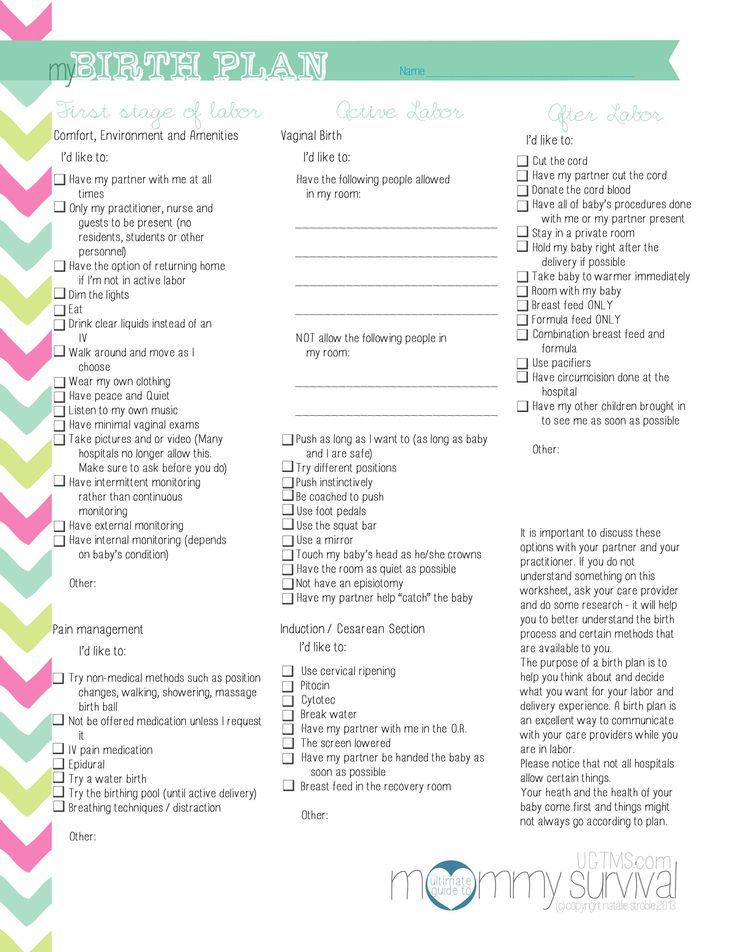
[ ] I would like one of my support people to hold the baby after delivery if I am not able to.
[ ] I would like one of my support people to go with my baby to the nursery.
[ ] I would like my support person to know what shots my newborn will receive.
Baby Care Plan
Feeding the Baby
I would like to (check one):
[ ] Breastfeed exclusively
[ ] Bottle-feed
[ ] Combine breastfeeding and bottle-feeding
It's OK to offer my baby (check as many as you wish):
[ ] A pacifier
[ ] Sugar water
[ ] Formula
[ ] None of the above
Nursery and Rooming-In
If available at my hospital or birth center, I would like my baby to stay (check one):
[ ] In my room with me at all times
[ ] In my room with me except when I am asleep
[ ] In the nursery but be brought to me for feedings
[ ] I don't know yet. I will decide after the birth.
Circumcision
[ ] If my baby is a boy, I would like him circumcised at the hospital or birth center.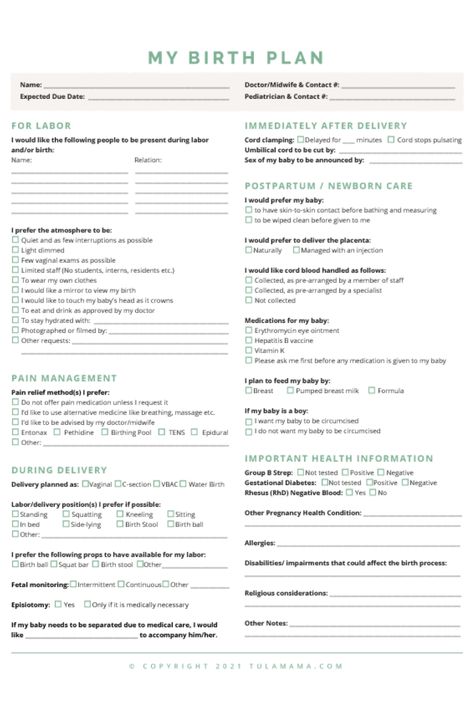
HT001
Last updated: August 2022
Last reviewed: January 2021
Copyright 2023 by the American College of Obstetricians and Gynecologists. All rights reserved. Read copyright and permissions information.
This information is designed as an educational aid for the public. It offers current information and opinions related to women's health. It is not intended as a statement of the standard of care. It does not explain all of the proper treatments or methods of care. It is not a substitute for the advice of a physician. Read ACOG’s complete disclaimer.
How to Create a Birth Plan
Written by Kathleen Dailey
In this Article
- What Is a Birth Plan?
- What Should I Include in a Birth Plan?
- Who Should Review My Birth Plan?
- Who Needs a Copy of My Birth Plan?
The day you give birth is one of the most important of your life. Creating a birth plan ahead of time helps you make decisions about how you want your labor and delivery to be, and lets others know your wishes.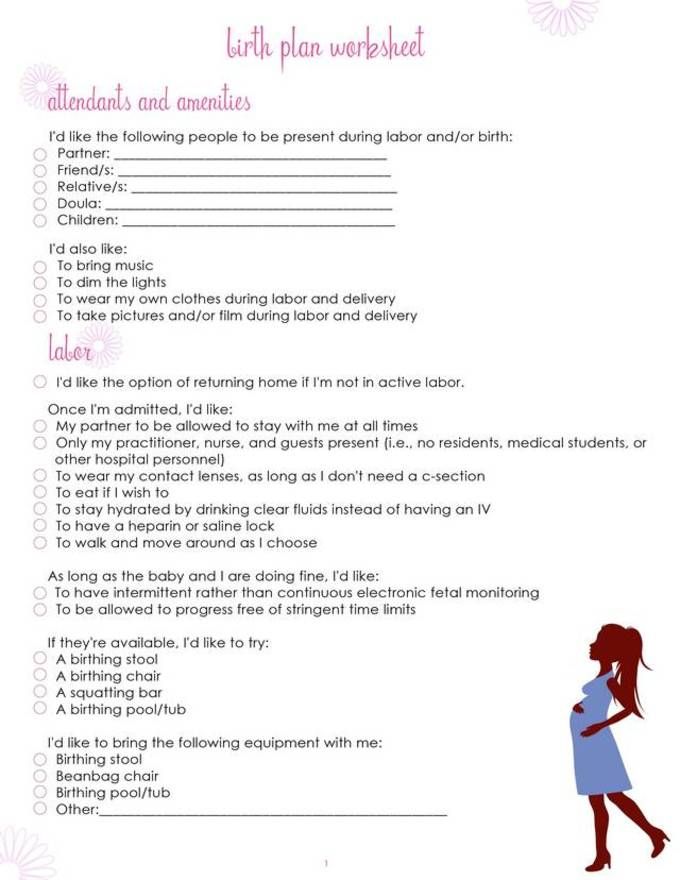 So when the big day arrives, you can focus on what's most important -- bringing your new baby into the world.
So when the big day arrives, you can focus on what's most important -- bringing your new baby into the world.
What Is a Birth Plan?
A birth plan is an outline of your preferences during your labor and delivery. For example, your birth plan may include who you want with you during labor, whether you want pain meds, or if you want the lights dimmed. You can include anything you think will make your labor and birth more comfortable for you.
Keep in mind, though, that a birth plan is not set in stone because you cannot predict everything that may occur that day. You or your doctors may need to make changes to the plan once your labor begins. So try to stay flexible if something unexpected happens.
What Should I Include in a Birth Plan?
Although it's tempting to include many details in a birth plan, try to keep it short so it's easy for everyone to read.
Here are some items your birth plan might cover:
The basics: List your name, your doctor's name and contact information, where you plan to give birth, and who you’re planning to have there with you.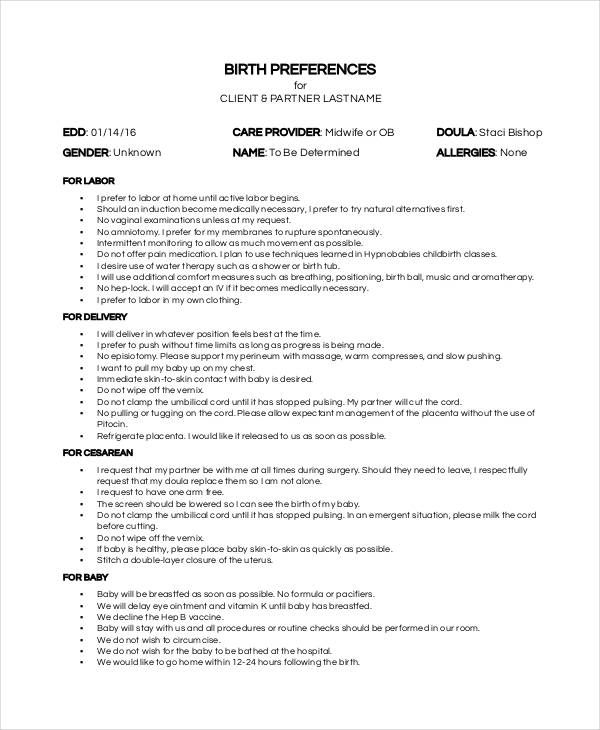
Atmosphere: Think about what will help you feel most comfortable. Would you like the lights dimmed? Do you want your room as quiet as possible or would you prefer soft music? Would you like a support person to take photos or video of your labor or birth?
Labor preferences: Include any preferences you have for your labor. For example, do you want to walk around freely? Do you want to use a birthing stool, ball, or chair? Would you like to take a warm shower or bath?
Pain meds:Pain management during labor is an important consideration. You may not plan to have an epidural, but you could change your mind during labor. Or you may know that you definitely want to have an epidural if possible. As you're defining your birth plan, ask your doctor about your options for pain relief as well as any questions you have about them. These could include breathing or massage.
Delivery preferences: There are many options to consider for your baby's birth.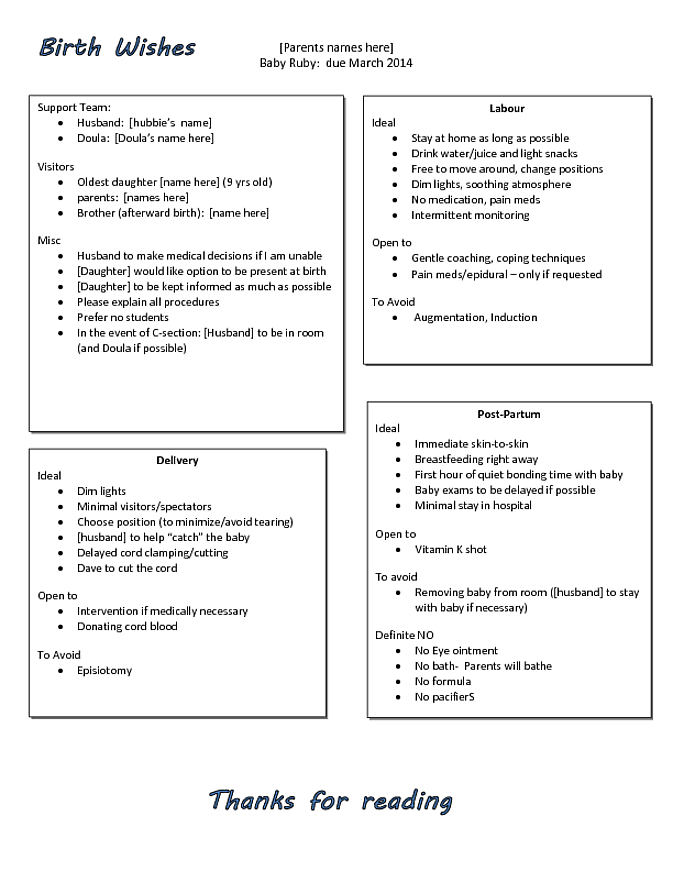 If you're planning on a vaginal birth, would you prefer not to have an episiotomy unless it’s medically necessary? Do you want a mirror to see your baby's birth? Would you like your partner to cut the umbilical cord? Do you want your baby placed on your abdomen right after delivery?
If you're planning on a vaginal birth, would you prefer not to have an episiotomy unless it’s medically necessary? Do you want a mirror to see your baby's birth? Would you like your partner to cut the umbilical cord? Do you want your baby placed on your abdomen right after delivery?
If you need a C-section, who would you like with you in the delivery room?
Feeding and Care in the hospital: Once your baby's born, you’ll need to think about feeding and care. For example, do you want to breastfeed right after delivery? Or are you thinking about bottle feeding or combining bottle feeding with breastfeeding? Would you like your baby in the hospital room with you at all times, or would you prefer your baby stay in the nursery sometimes? Is it OK for the medical staff to offer your baby a pacifier or sugar water? If your baby is a boy, would you like them circumcised at the hospital? (Sugar water may be used at time of circumcision.)
Who Should Review My Birth Plan?
Review your birth plan with your partner and anyone else who will be with you in the delivery room, such as a labor coach or doula. Then ask your doctor to take a look at your birth plan, too. Your doctor, or the hospital or birth center, may have their own delivery policies. Reviewing your birth plan ahead of time gives you time to help resolve any potential conflicts.
Then ask your doctor to take a look at your birth plan, too. Your doctor, or the hospital or birth center, may have their own delivery policies. Reviewing your birth plan ahead of time gives you time to help resolve any potential conflicts.
Who Needs a Copy of My Birth Plan?
Once your birth plan is set, give a copy to your doctor to keep with your medical records, and take another copy to the hospital or birth center. You'll also want to give copies of your birth plan to anyone who will be with you during labor. It's a good idea to bring a few copies with you to the hospital or birth center when you go into labor, too. Another doctor may wind up delivering your baby if your regular doctor isn't available.
It is not necessary to have a birth plan as all of these preferences can be made while in the hospital, but it is certainly important to think about all the options and discuss them with your partner and doctor.
Health & Pregnancy Guide
- Getting Pregnant
- First Trimester
- Second Trimester
- Third Trimester
- Labor and Delivery
- Pregnancy Complications
- All Guide Topics
Who needs a birth plan and what does it solve
While a healthy mother and baby are our main goals in childbirth, the process by which you achieve them is equally important.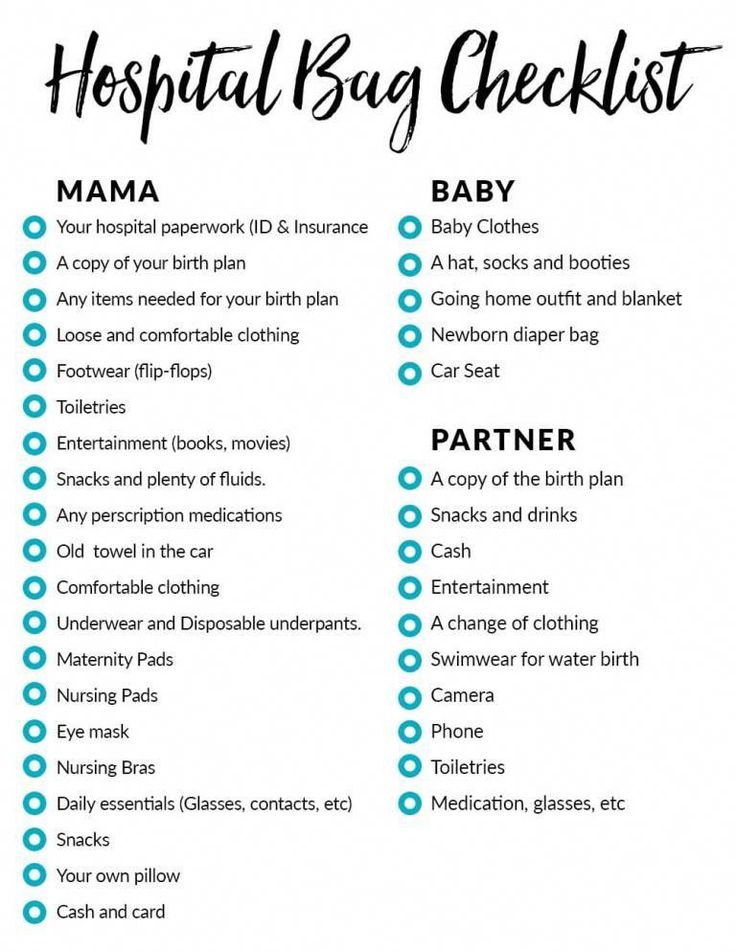 Women have different attitudes towards pregnancies and childbirth. Some want to take an active part in parenting and decision making. Others do not want to take on such responsibility, trusting their doctor to make decisions on their behalf. No matter what stage you are in, I hope you feel educated and supported in your desires.
Women have different attitudes towards pregnancies and childbirth. Some want to take an active part in parenting and decision making. Others do not want to take on such responsibility, trusting their doctor to make decisions on their behalf. No matter what stage you are in, I hope you feel educated and supported in your desires.
So what is a birth plan? A birth plan is a written document that allows you to communicate your wishes and preferences regarding your birth/birth experience to your doctor and other members of the birth team on the day of your birth. Not everyone needs a birth plan, but it is useful for moms who may have preferences that go beyond some of the normal/routine procedures done in the hospital. The birth plan can be useful for those whose doctor is not on call at the time of delivery, as well as for hospital staff. When you're in the middle of labor, it can be difficult to discuss your wishes with the birth team, so a birth plan can come in handy.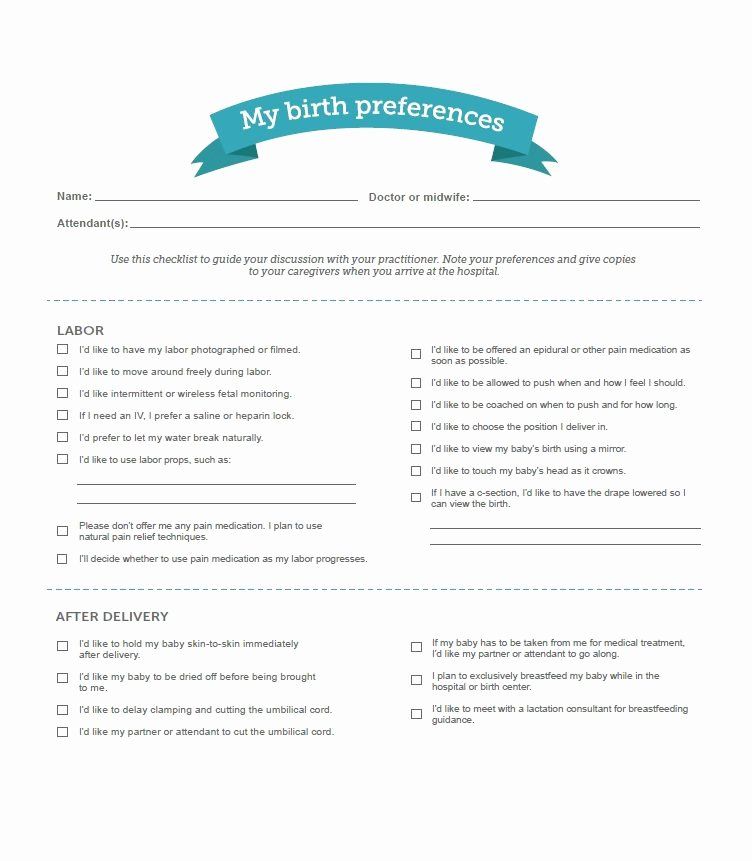
So how do you know what to include in your birth plan? Throughout your pregnancy, you will learn from your obstetrician about the process of childbirth and childbirth. Use them to ask questions at each visit because this is YOUR time to educate yourself and discuss your birth goals/wishes. Although many women often receive support and advice from friends and relatives, it is important to clarify matters with your obstetrician. Among the issues to be considered are pain management options, Desired mode of delivery You have nine months to ask these questions, so try not to overwhelm yourself with this list!
Birth planning tips:
Keep it short and concise, on one page if possible. On the day of delivery, the hospital staff and the delivery doctor will be very busy taking care of you, so the sooner they can read it, the easier it will be to fulfill your wishes. Divide it into categories: contractions, childbirth, newborn care, caesarean section, etc. After all, some things in childbirth are unpredictable, so it's important to be flexible.
After all, some things in childbirth are unpredictable, so it's important to be flexible.
So, to answer the question, do I need a birth plan? This is entirely up to you. For some, the anxiety and stress of feeling that a plan is necessary is simply overwhelming. If this seems like yet another task on your list, then the birth plan may not be for you. But for some people, a birth plan helps relieve the anxiety and stress associated with childbirth by allowing them to voice their opinions about childbirth and think about their goals. Whether you have one or not, you should feel confident in helping by your doctor and trust that they have your best interests in childbirth.
Birth plan | Articles by doctors of the EMC clinic about diseases, diagnosis and treatment
Soon you will have to draw up a detailed plan of childbirth together with your doctor.
Unfortunately, not always the expectant mother can participate in the planning of childbirth.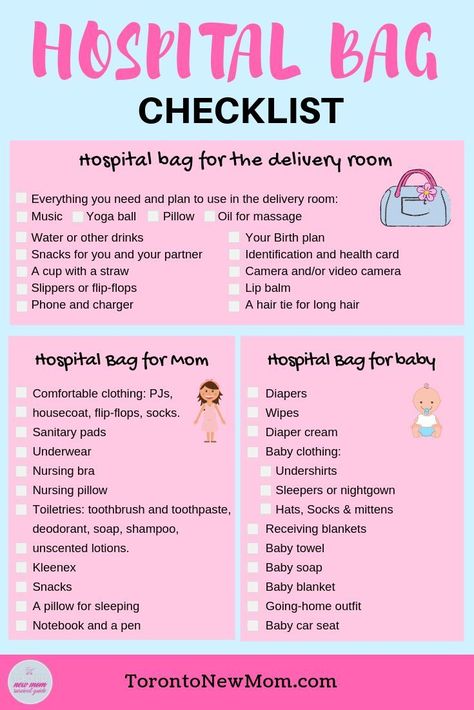 As a rule, in most clinics, the sole decision is made by the obstetrician-gynecologist and all objections and wishes are rarely taken into account.
As a rule, in most clinics, the sole decision is made by the obstetrician-gynecologist and all objections and wishes are rarely taken into account.
However, choosing the clinic where your baby will be born and the doctor who will help him to be born, you, of course, are already planning your ideal birth. It is our deep conviction that in order for the birth to go the way you want, even with the amendments and adjustments that life can make, first of all, we must hear the expectant mother and her wishes.
What do we mean by the birth plan and how it happens, - says the head of the EMC Perinatal Center prof. Natalia Kan.
What should be in the plan of childbirth?
The first thing that the doctor evaluates is the possibility of having a baby through the natural birth canal. The size of the fetus, its location, the characteristics of the pelvis, and whether there are any aggravated factors in the form of somatic or obstetric pathology are taken into account.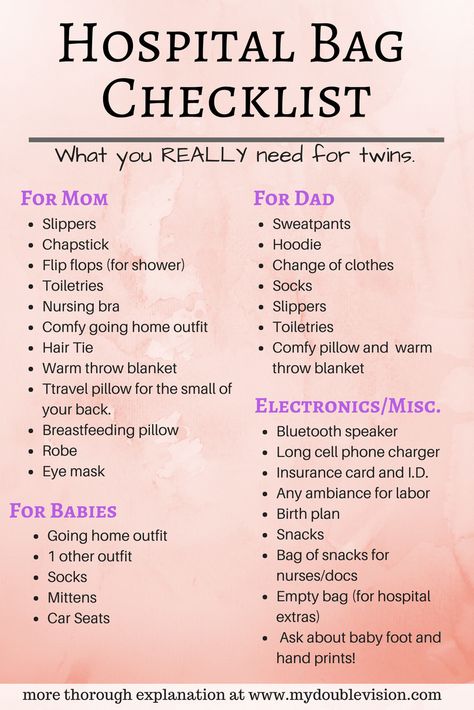 For us, the most important thing is the health of the mother and her unborn baby, even minimal risks must be taken into account. If a woman in labor has strict indications for a planned caesarean section, the doctor will discuss in detail all the risks that may be if you choose a different method, tell you why operative delivery is required. For example, with complete placenta previa, the doctor adds measures to prevent possible risks to the plan.
For us, the most important thing is the health of the mother and her unborn baby, even minimal risks must be taken into account. If a woman in labor has strict indications for a planned caesarean section, the doctor will discuss in detail all the risks that may be if you choose a different method, tell you why operative delivery is required. For example, with complete placenta previa, the doctor adds measures to prevent possible risks to the plan.
Most cases involve vaginal delivery or elective caesarean section. Then we provide all the possibilities for the imagination of future parents: do they want to be together in the birth unit, do they need to dim the lights, what music should be played, perhaps the woman wants to call her doula for childbirth or ease the contractions in the water, will the husband be present in the operating room and take the child first.
When drawing up a birth plan, the doctor and the patient discuss the possibility of inducing labor, the use of anesthesia, pain relief after cesarean, the ability to cut the umbilical cord and much more.